The Fashion Trust Arabia (FTA) Fashion Trust Arabia (FTA) presents itself as a patron of emerging designers from the Middle East—a region long peripheral to an industry shaped in Paris, Milan, and New York. Founded in 2018 by Lebanese entrepreneur Tania Fares and backed by Sheikha Moza bint Nasser of Qatar, the initiative seeks to fill a gap global luxury houses have largely ignored: early-stage support for designers navigating the complex triad of production, retail, and brand identity.
But how far can FTA go in shifting fashion’s center of gravity?
The region is undeniably rich in talent. Jordanian-Palestinian designer Zeid Hijazi is reshaping menswear with sharp, deconstructed tailoring. Saudi Arabia’s Mohammed Ash—founder of Ashi Studio—has dressed the likes of Beyoncé and Zendaya, proving Arab couture can hold its own on the global stage.
Yet talent alone does not guarantee entry into fashion’s elite ranks. Success also requires fluency in Western retail cycles, scalable production systems, and a commercial sensibility often shaped outside the region. Europe’s fashion establishment rarely embraces outsiders without the right mix of cultural literacy and institutional backing.
Unlike the LVMH Prize—which plugs winners into a seamless pipeline of PR, production, and distribution—FTA operates in a far more fragmented context. Luxury production remains concentrated in Europe; regional retail infrastructure is uneven; and access to high-end manufacturing remains limited.
Designers such as Bahrain’s Hala Kaiksow, known for handwoven textiles, and Egypt’s Mariam Yehia of Maison Yeya, with her red-carpet silhouettes, have built recognition abroad. But their growth has been slow and resource-intensive. In the absence of deep investor networks or local manufacturing bases, scaling a label often depends on extraordinary persistence rather than structural support.
FTA’s offering—financial grants, mentorship, and global exposure—is meaningful. But to truly shift the axis of global fashion, the Middle East must confront deeper structural gaps: the absence of luxury production hubs, the underdevelopment of regional fashion media, and the marginal visibility of Arab buyers during global fashion weeks.
FTA is a necessary step. Yet the real inflection point may come only when regional policymakers begin treating fashion not merely as cultural expression, but as a strategic economic sector—with all the investment, infrastructure, and institutional commitment that implies.
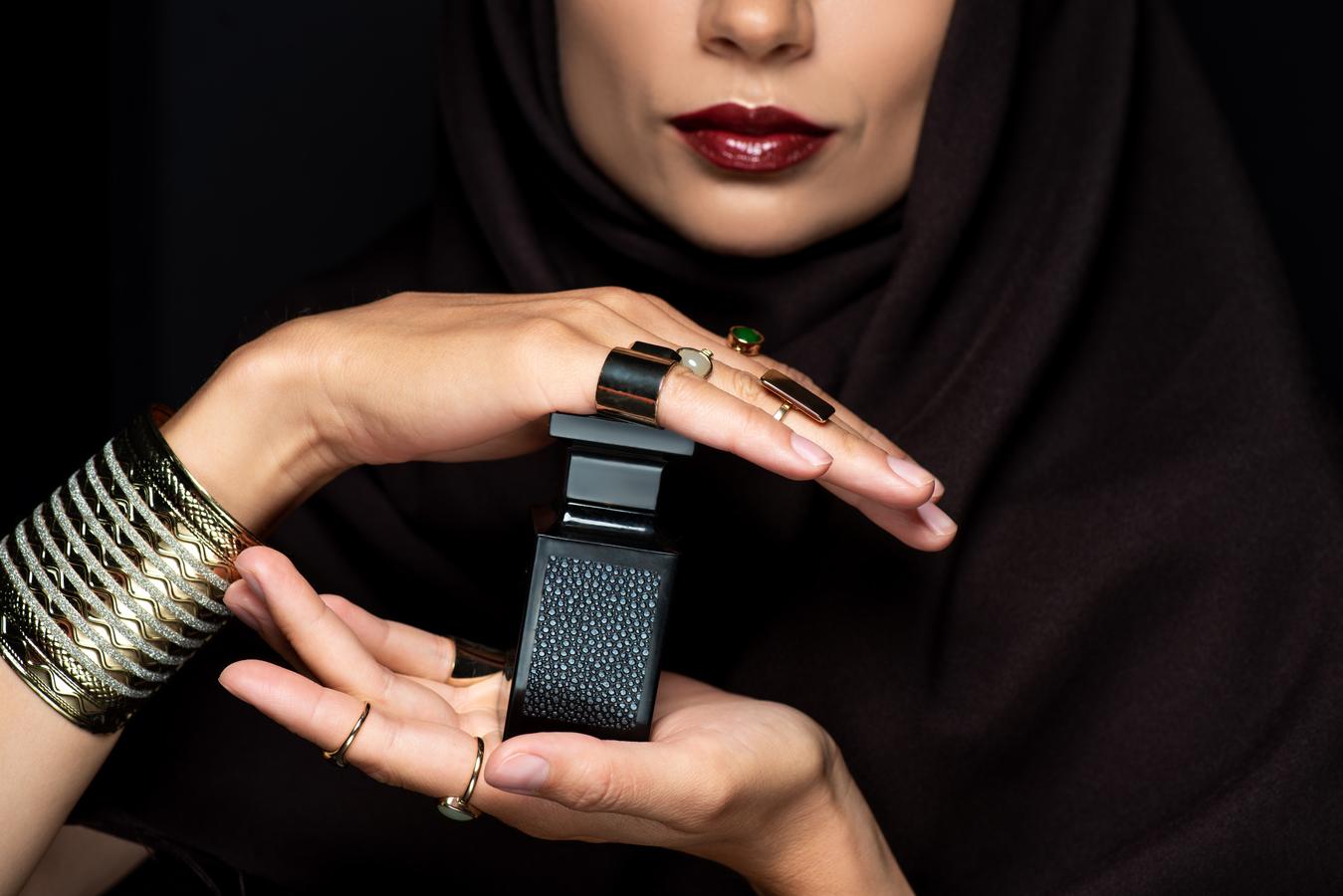
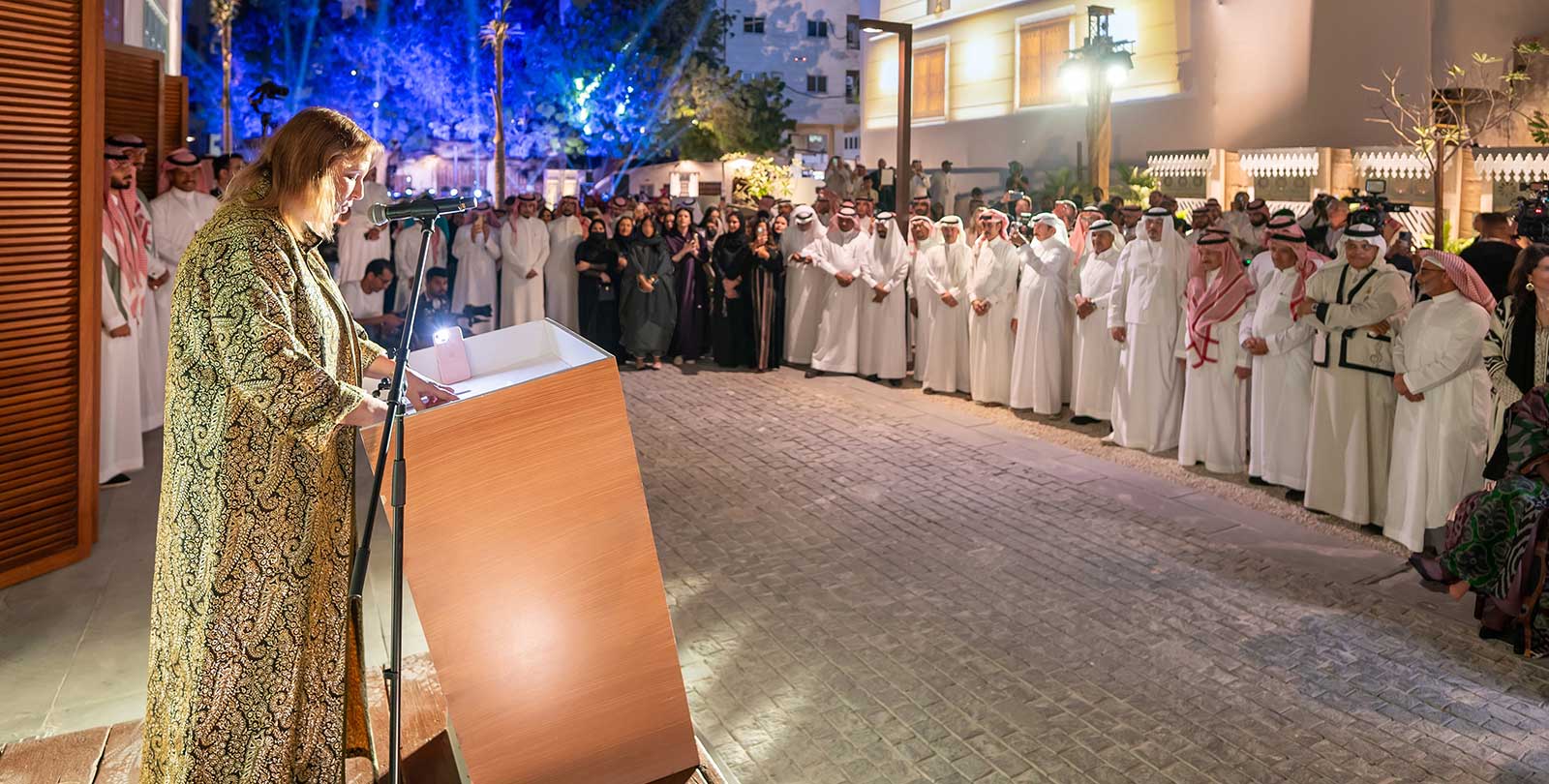
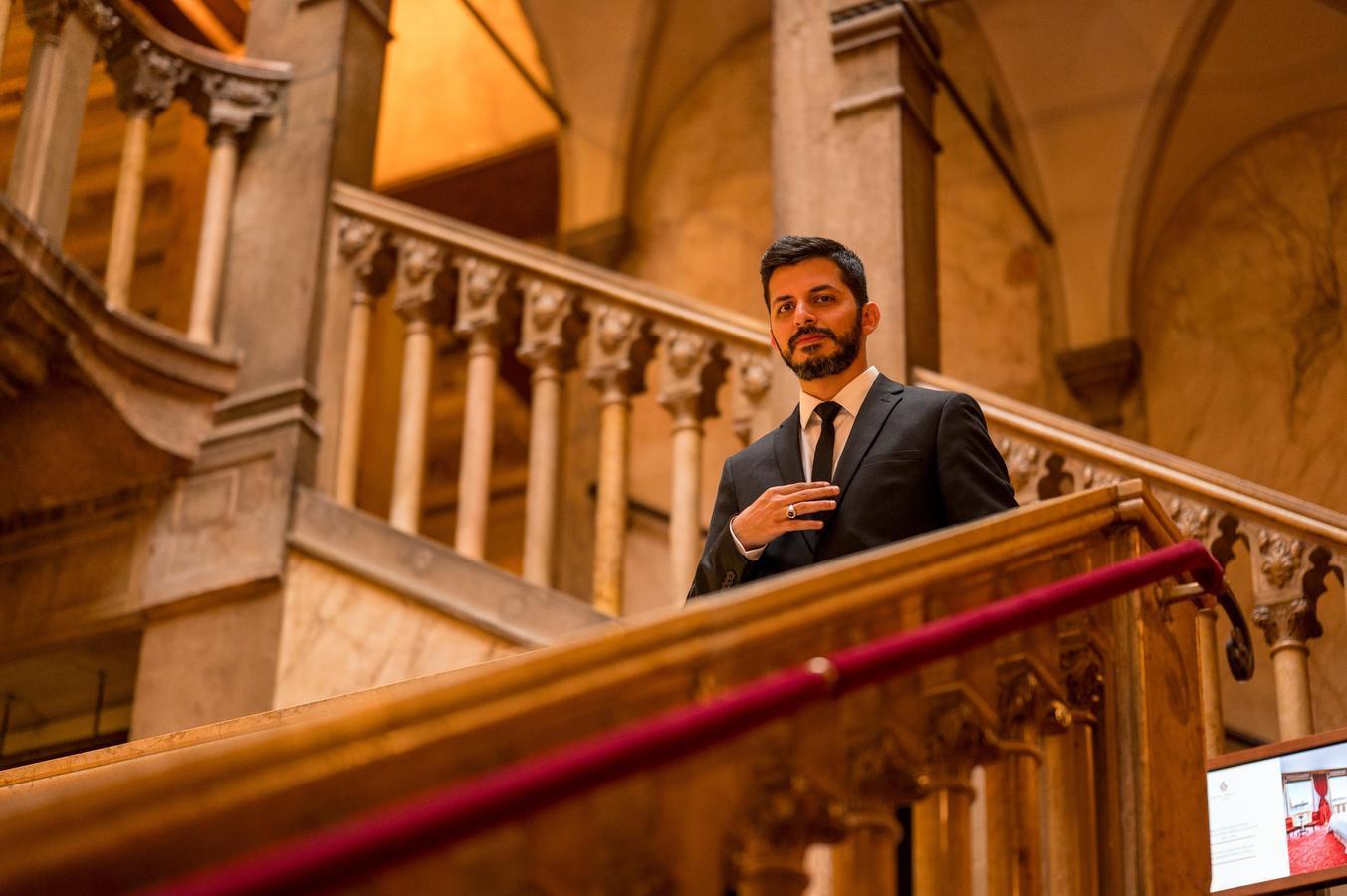
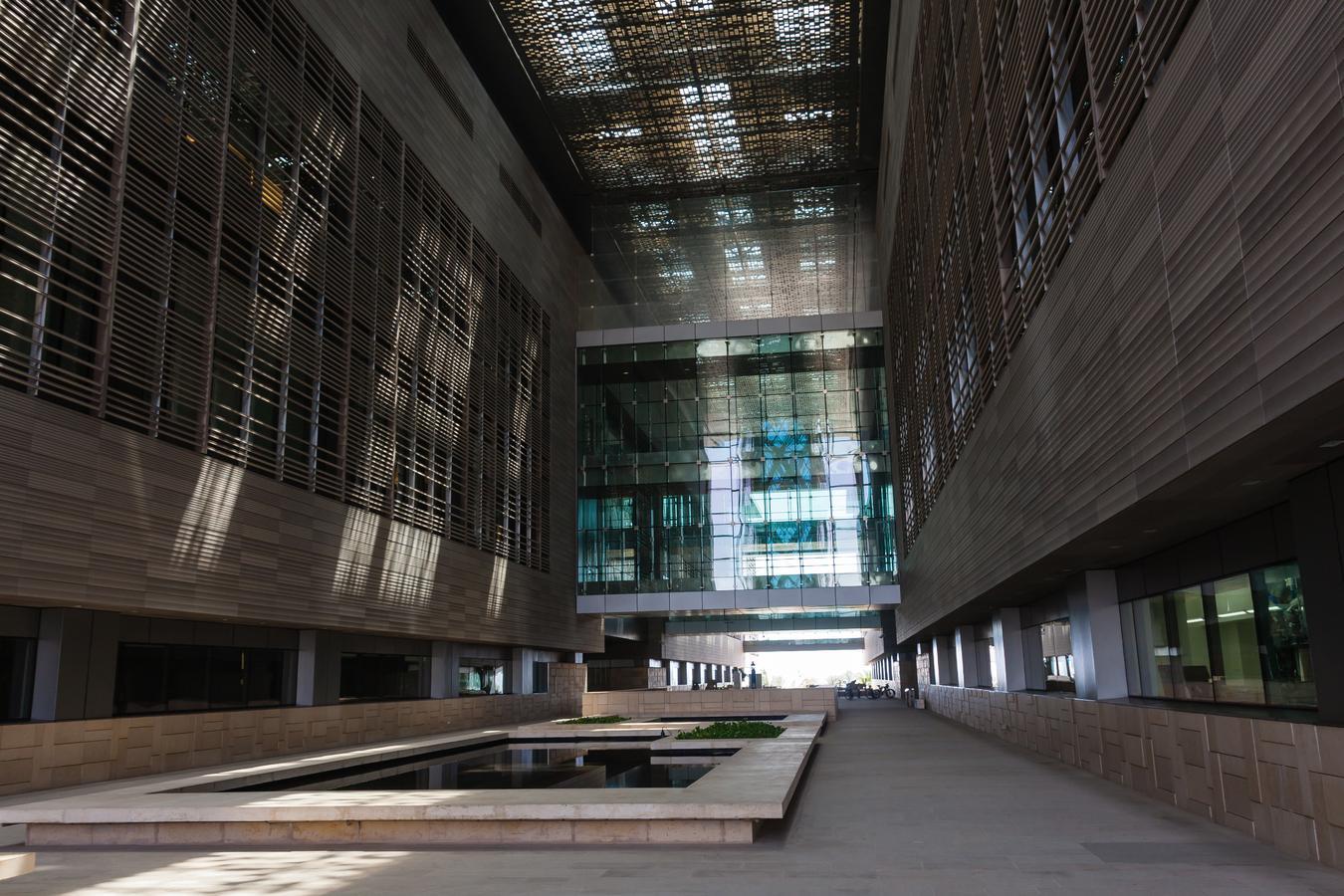
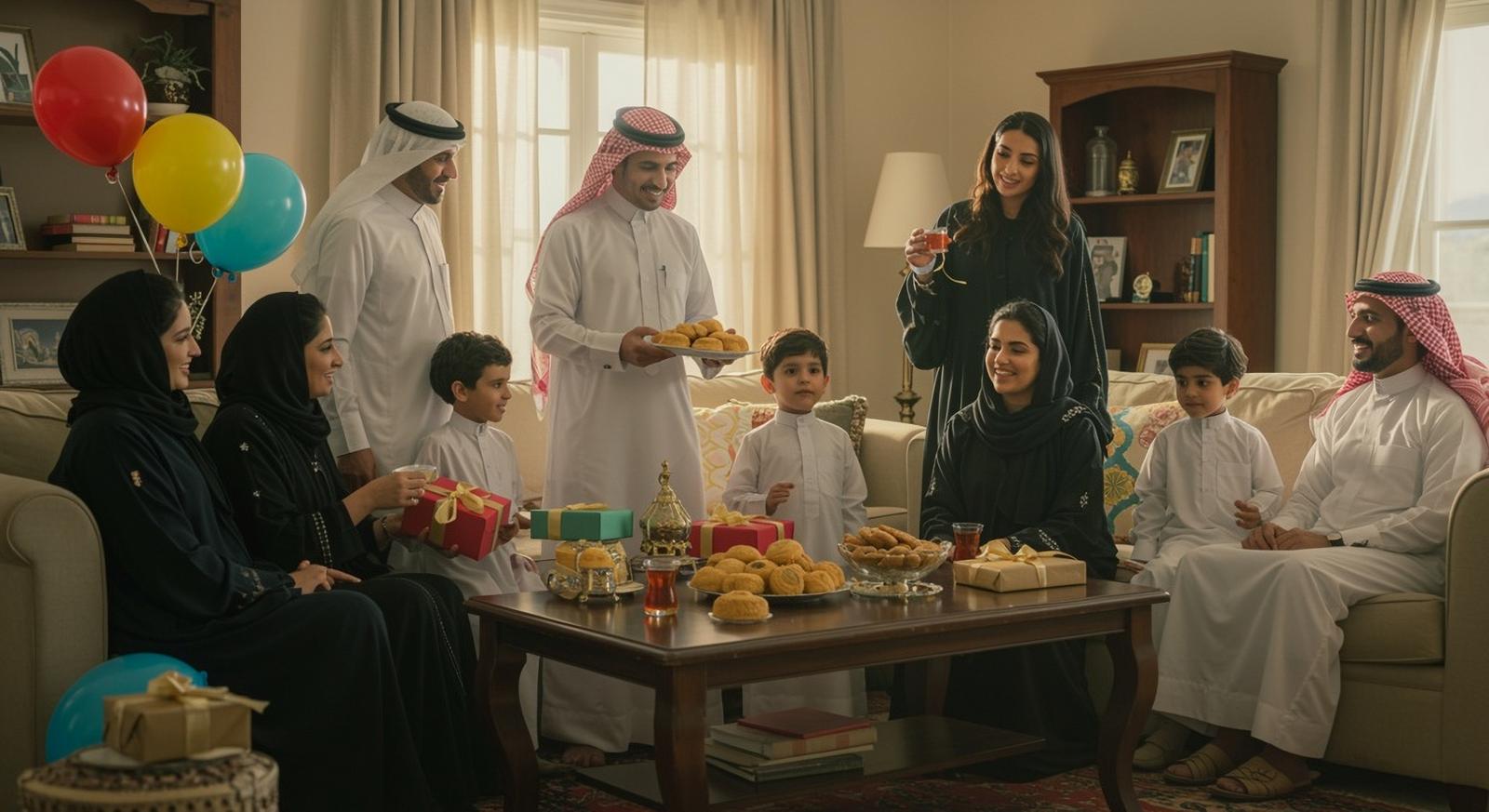
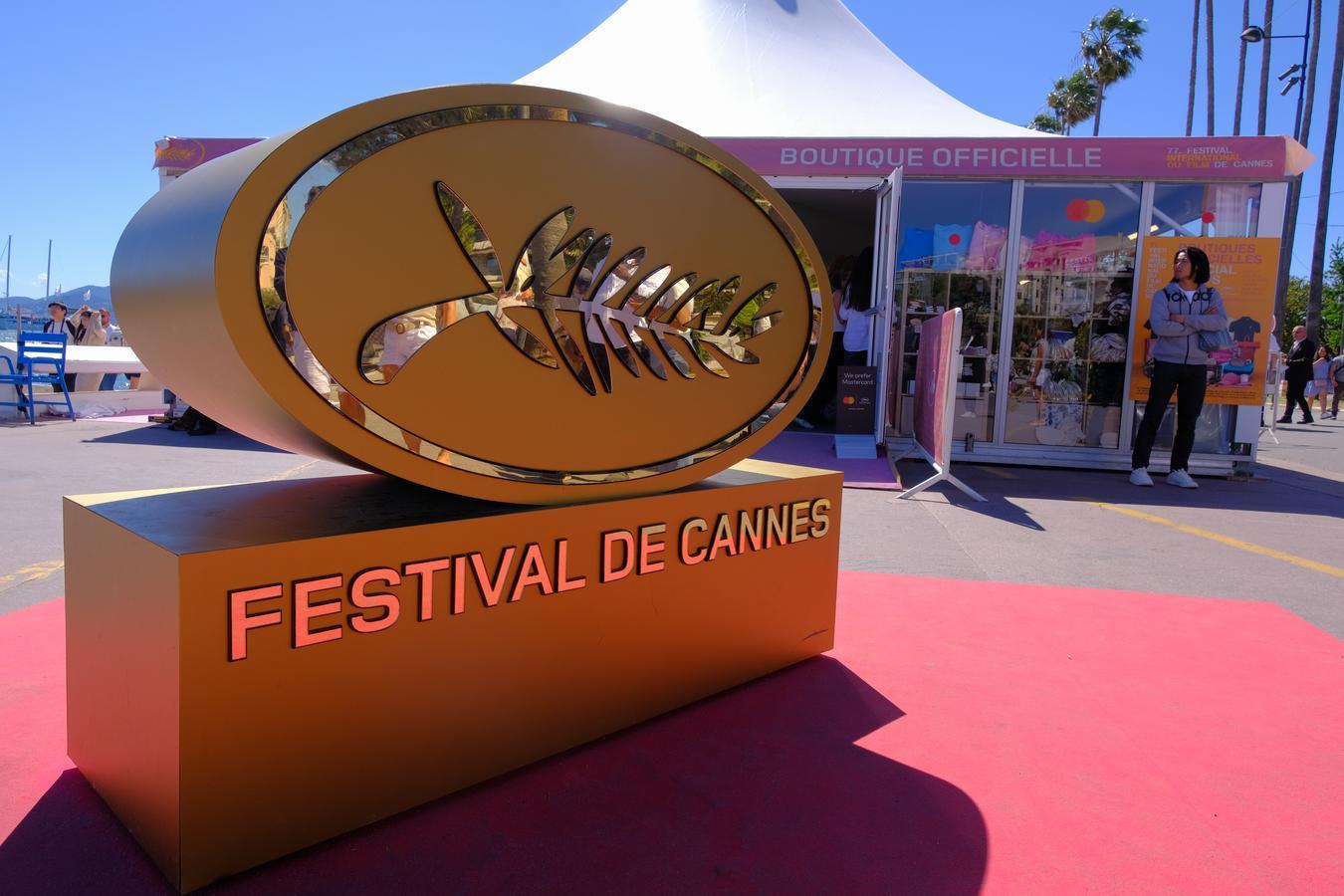
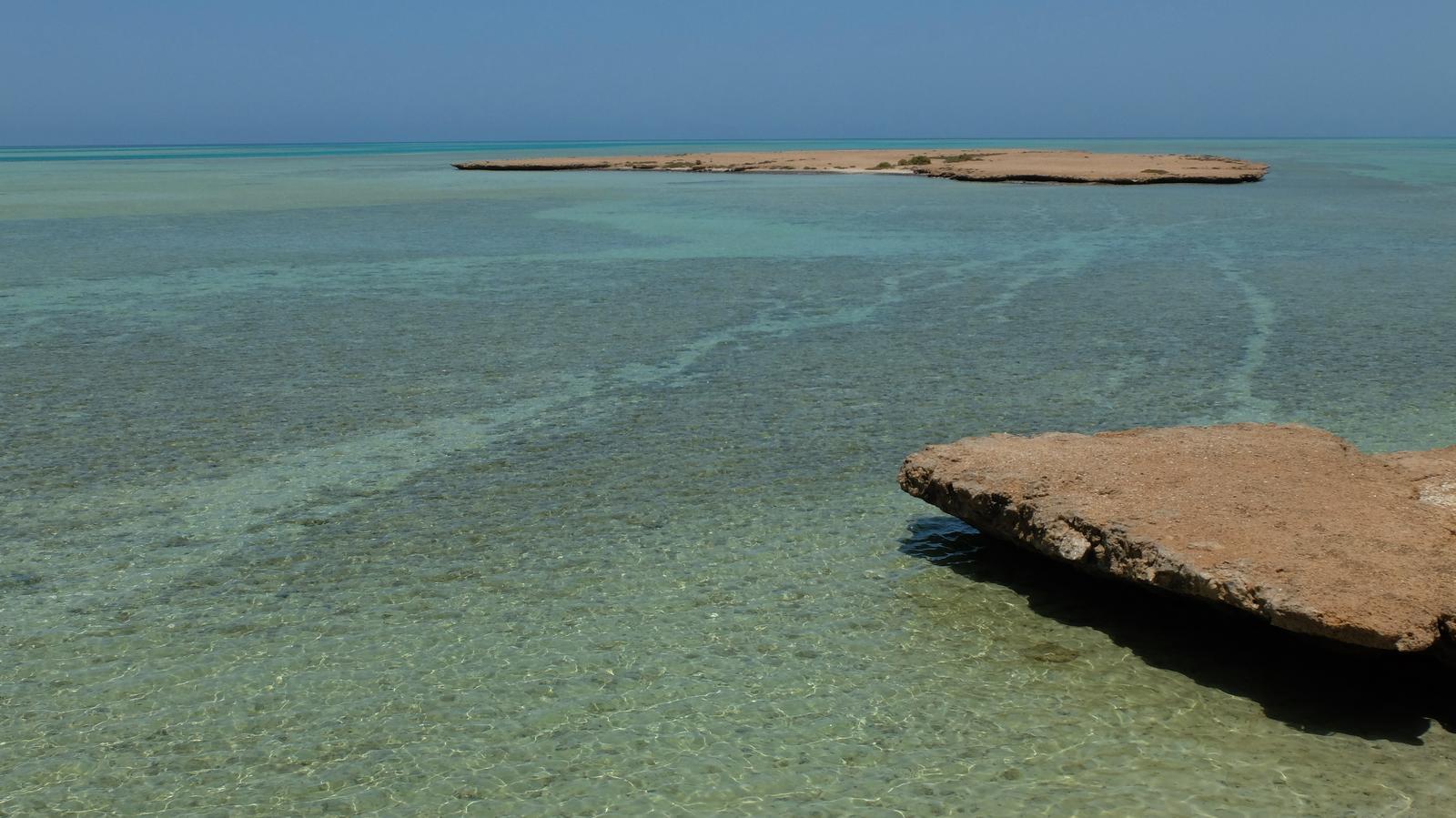
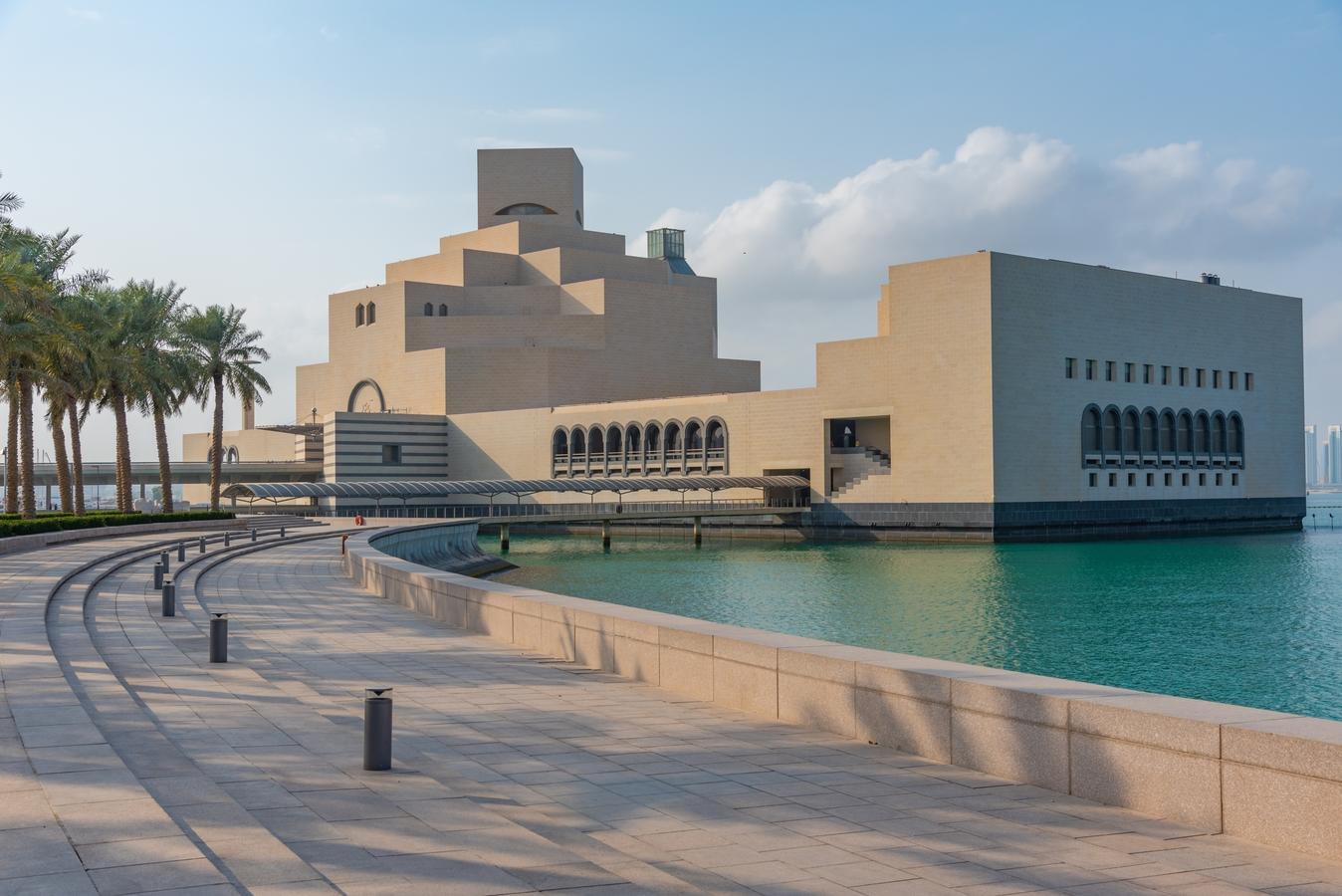
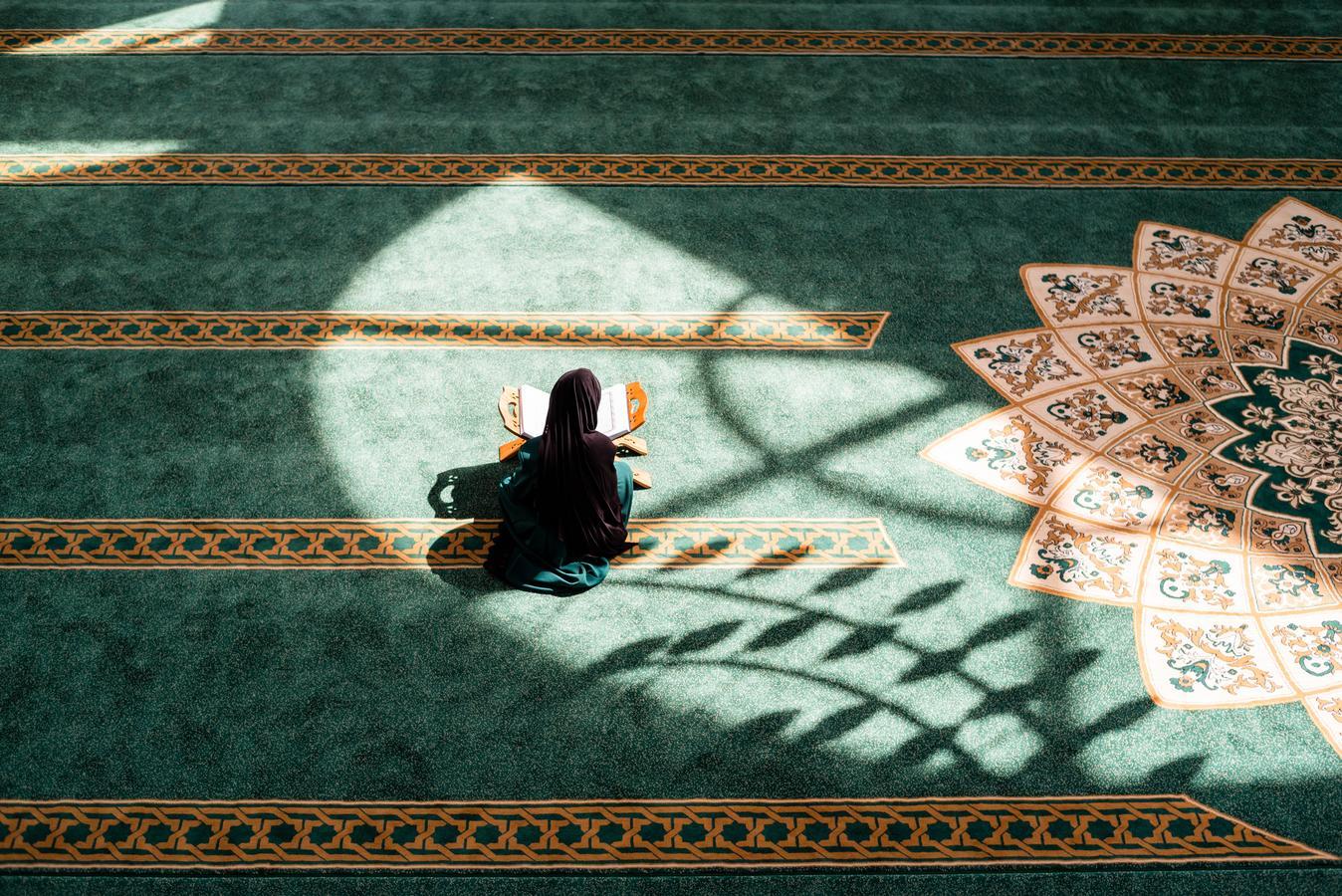
0 Comments
No comments yet. Be the first to comment!